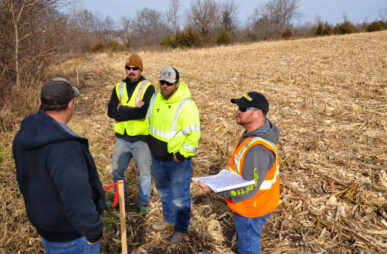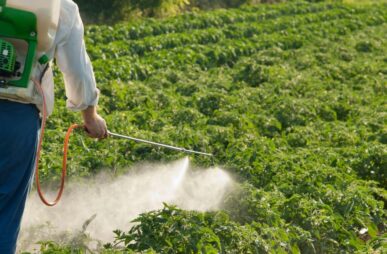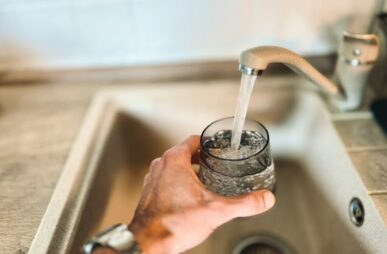Health advocates call for a federal “reboot” in addressing ultra-processed foods
A diverse group of food advocates, farmers, chefs and scientists is urging the US Food and Drug Administration (FDA) to define ultra-processed foods through a lens of public health, including what’s added or taken away from foods during processing, as well as any new risks introduced.








